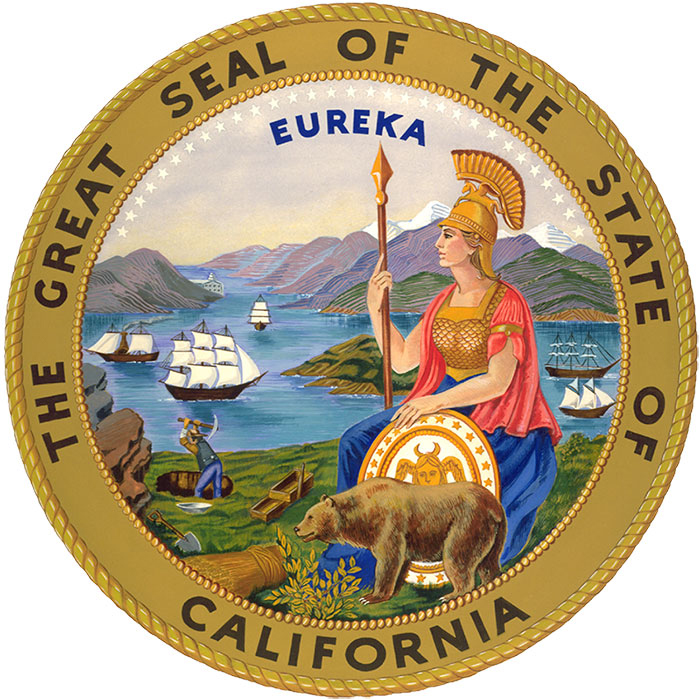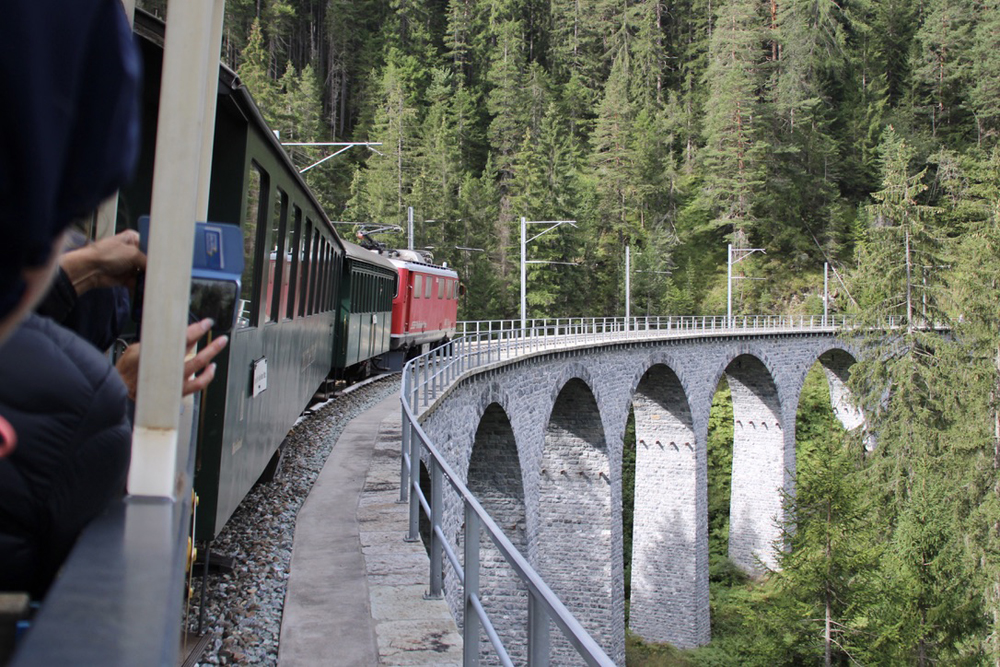The railroad, which announced improved first quarter financial results on Thursday despite a 7% volume decline, also said it would scale back capital spending by up to $200 million this year.
CEO Lance Fritz praised UP’s employees for keeping food, medical supplies, and industrial products moving during the pandemic. “They’re getting the job done and they’re not missing a beat,” he told investors and analysts on the railroad’s earnings call.
UP’s traffic volume is down 22% this month through April 18 as consumer and industrial demand has declined sharply, including an 80% reduction in automotive traffic with assembly plants shut down due to the pandemic.
Fritz says it’s unclear how deep and how long the economic downturn will be, but the railroad believes it will be a steep drop that will last for a while before a slow recovery.
UP has responded by reducing train starts and furloughing train and engine crews. The railroad’s train crew count fell 19% in the first quarter compared to a year ago, and the trend of furloughing crews faster than the volume decline has continued in April, although officials did not provide specifics.
Chief Operating Officer Jim Vena says UP cut train starts 13% in the first quarter as it moved tonnage on fewer but longer trains. The railroad also parked locomotives but did not provide details.
“I don’t even want to talk about how many we got parked right now, it’s so many,” Vena says.
UP has shut down three locomotive shops. It went from three shops in the Los Angeles area to one, and from two to one in the Houston area.
For the first quarter, UP’s operating income rose 9%, to $2.14 billion, even though revenue declined 3%, to $5.22 billion. Earnings per share grew 11%, to $2.15. The quarterly operating ratio improved 4.6 points to a UP record of 59% as the railroad cut costs 10% and reaped the benefits of efficiency gains under its shift to a Precision Scheduled Railroading operating model.
In UP’s bulk segment, traffic was down 7% largely due to a 19% drop in coal volume amid low natural gas prices and a mild winter. Grain, fertilizer, and food and beverage shipments all grew, however.
Industrial traffic was up 3% due to strong crude oil shipments early in the quarter, strength in construction-related volume, and chemicals and plastics growth. Reduced frac sand shipments pushed down metals and minerals volume.
Premium volume, which includes automotive and intermodal, slumped 12% largely due to a 15% decline in intermodal volume.
The railroad’s key operating and service metrics all improved compared to the first quarter of 2019, which was affected by severe winter weather. Intermodal trip-plan compliance improved 19 points, to 85%, while manifest trip-plan compliance inched up a point to 64%.
“Our rail network has never run better,” Fritz says.
UP continued to lengthen trains, with the average rising to 8,400 feet. The railroad has completed eight 15,000-foot sidings and put its block-swapping facility in Santa Teresa, N.M., outside of El Paso, Texas, into service. The facility allows UP to build longer trains on its Sunset Corridor between California and Texas.
Chief Financial Officer Jennifer Hamann emphasized the strength of the railroad’s balance sheet, including cash on hand and its ability to tap lines of credit.
Given the severity of the traffic decline, it’s unlikely that UP will complete its $20 billion share buyback program this year, she says. The railroad has repurchased $17 billion worth of its shares under the three-year buyback program.
UP will maintain its dividend, however, she says.
The railroad withdrew its outlook for traffic volume, employment levels, and operating ratio, but still expects pricing gains to exceed rail inflation, to achieve between $400 million and $500 million in productivity improvements, and solid cash flow.
UP will defer some capital spending to next year, resulting in a decline of around 6% in spending this year.















and they still can’t move traffic. to bad Lance can’t tell the truth.
25% decline for April is not a crash nor does it represent a FULL STOP of the Economy. I actually view this as better news than it could have been. If you add in the 7-8% drop so far from prior to April. Railroads are still carrying approx 2/3 of the traffic they carried before. Now given the states reopening schedule, May should be a partial recovery month and I do not expect to see a percentage drop higher than 15-17% if it drops that much.
Nothing about my statement implies that only rich people own stocks. If the dividend was cut 25%, then an argument could be made that shareholders are sharing in the sacrifice.
Why does everyone think that only rich people are shareholders? How many UP retirees own UP stock? How many pension funds or other charitable endowments that help people own good quality stocks?
“The railroad has repurchased $17 billion worth of its shares under the three-year buyback program”
That is a lot of stock taken off the market, so they shouldn’t have to cut any dividend…they are paying less overall in dividends. The current shareholders got appreciation in value.(temporarily)
While spending that much on stock repurchase, think what else that could have been used for in the past 3 years?
What did UP pass over investment on to maintain that repurchase pace? MOW? Pension? New Services?
As a small shareholder/retiree I hope they don’t take away the dividend. It currently amounts to less than four dollars a share annually. Losing the 25 percent would give me a return of less than three dollars a share annually. Probably won’t be able to make ends meet.(Sarcasm) I don’t own enough stock for it to be a big deal but then again the dividend isn’t either.
Thank you UP non-union employees for taking an unpaid week off every month so the dividend can continue. #heroes